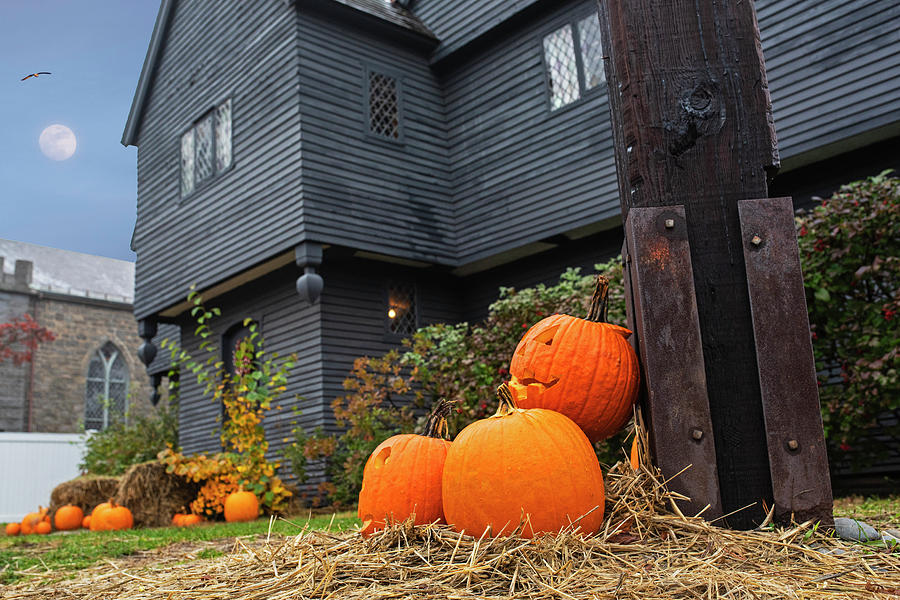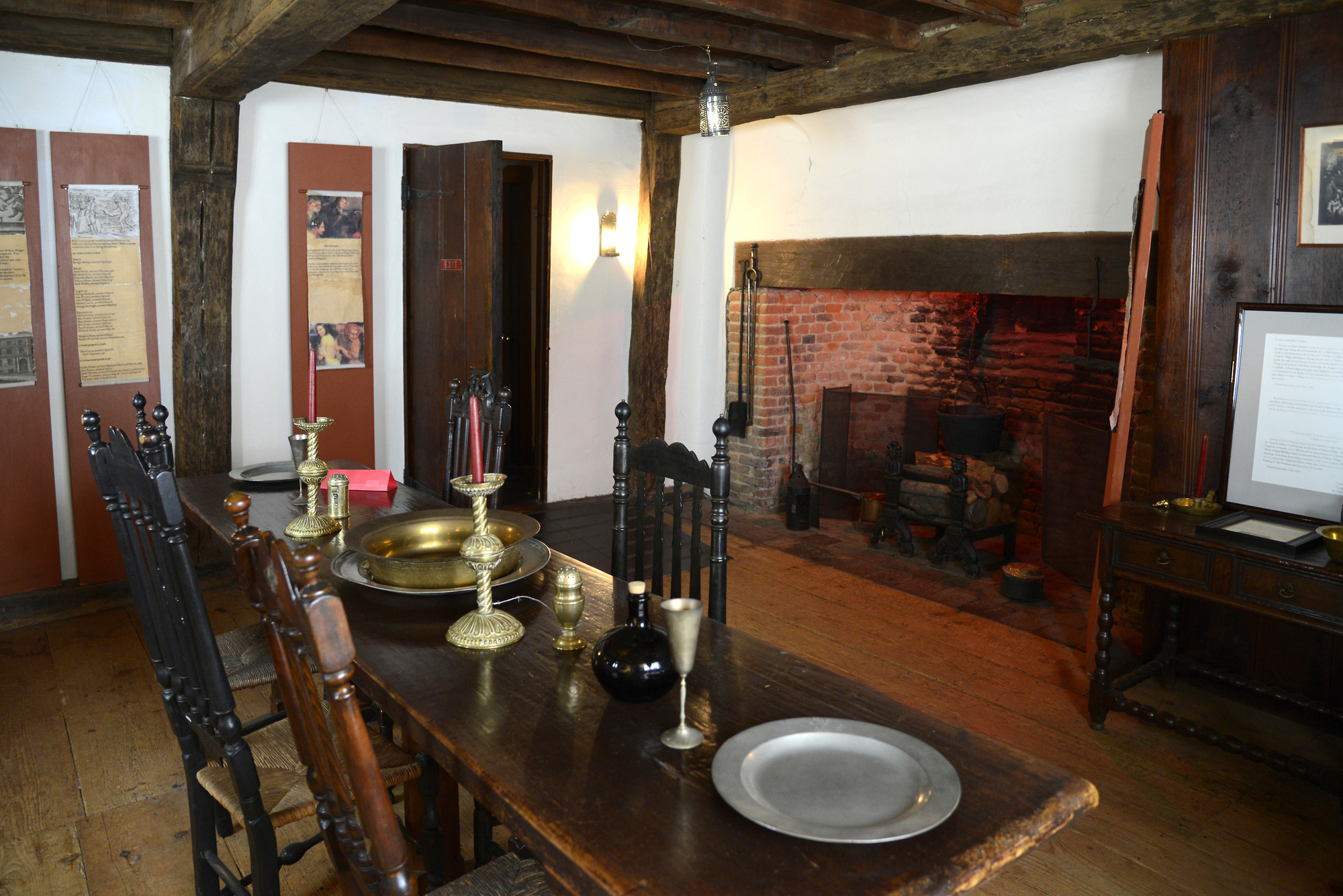Table Of Content

Please join Meg Nichols (she/her) and Joey Phoenix (they/them) of the Mycelium Network for a Death Cafe on Thursday May 2nd from 6-8pm at the Charter Street Cemetery Welcome Center. The first stop was the kitchen, which had a brick fireplace that covered the entire left wall. When I was there, I could imagine women in their long dresses lifting up the large black pot hanging above the fire.

Salem Village Parsonage
The shoe was supposedly found inside the wall of another house. According to puritan tradition, a shoe put inside the wall of a house effectively warded against witches. Another display case houses a poppet – a doll supposedly used to perform witchcraft.
About the Satanic Temple
Standing on the corner of North Street and Essex Street, the striking black Witch House is the only remaining structure from the infamous Salem Witch Trials of 1692. The Witch House is one of the only remaining structures in town with direct ties to The Salem Witch Trials. You may also hear it referred to as “The Witch House,” or “The Jonathan Corwin House.” Here’s a short video introduction to the building.
Black Veil Night Market
Dan Marshall has shared his love of history with the public for over 20 years. He is currently a Salem Historical Society Board Member and the Director of Education & Interpretation with the Lexington Historical Society. Please note that RSVP's are required to attend as we have limited capacity.
If you want to take a stroll through historic cemeteries in Salem to see the burial places of some of the witch trial judges, be sure to visit the Old Burying Point. To visit the grave of Judge Jonathan Corwin, visit Broad Street Cemetery. The rest of the house featured textiles, furniture and information on life in the 17th century. Everything from how people ate without utensils to how children would drink beer as it was safer than water.
Yin Yu Tang: Rebuilt Chinese House At Peabody Essex Museum - Only In Your State
Yin Yu Tang: Rebuilt Chinese House At Peabody Essex Museum.
Posted: Mon, 19 Jun 2023 07:00:00 GMT [source]
She also mentioned that, despite what we think today, Puritans didn’t wear black and white. Just like the paint, black clothing was also very expensive at the time. She told me that black paint was very expensive back then and that the house was actually dark because of multiple coats of linseed oil. Even sitting next to the historic district, the Witch House still seemed out of place. After snapping a few photos of the iconic and aesthetically pleasing exterior, I headed towards the entrance at the back of the house inside the tiny gift shop. As I approached the 17th-century house, its black exterior, multiple gables and prominent brick chimney placed right in the centre made it stand out against all others nearby.
In 1944, the threatened destruction of The Witch House became the catalyst that launched a new wave of restoration in Salem. A group of concerned citizens raised the $42,500 needed to move and restore the building. We depend on ad revenue to craft and curate stories about the world’s hidden wonders.
Jonathan Corwin House / The Witch House
The house is an excellent example of seventeenth-century architecture. Judge Corwin, buried in the nearby Broad Street Cemetery, purchased the structure in 1675 when he was 24 years old and lived there for more than forty years. The house remained in the Corwin family until the mid-1800's. This historic site offers public tours and educational programs.

Among the judges who convicted the witches (based on “spectral evidence,” evidence based upon dreams or visions) was Jonathan Corwin. He took the place of Judge Nathaniel Saltonstall, who resigned after the execution of Bridget Bishop. Corwin served on the Court of Oyer and Terminer, which ultimately sent nineteen to the gallows. All 19 refused to admit to witchcraft and maintained their innocence. No fewer than twenty-three inhabitants of Andover involved themselves in accusations in one way or another and that spilled over into neighboring towns – including Billerica, Boxford, Haverhill, Reading, and Rowley.
StreetsOfSalem has an excellent examination of Salem’s other no-longer-existing witch house, complete with fascinating historical images. Self-guided admission is $8.25 for adults, $6.25 for seniors (60+), $6.25 for veterans, $4.25 for youths (6-14), free for children under 6. Today, Witch House tours blend information about seventeenth-century lifestyles, furnishings, and architecture with fascinating insights into the events of 1692. Visitors gain a deeper comprehension of the lives of those involved in the Witchcraft Trials through examination of the material culture of the period. The Salem witchcraft trials took place between February 1692 and May 1693.
Her lies Giles Corey’s first wife, as well as a young man allegedly bewitched by Bridget Bishop. The gravestones at Charter Street are remarkable works of art whose elaborate decoration tells us much about the evolving nature of society and belief in early Salem. Inside, you’ll find countless items from the 17th century, including some fairly disturbing illustrations of what life was actually like back in the 17th century.
But to understand what happened during the famed Witch Trials, you may want to visit national historic sites and parks that offer a chance to re-examine the injustice inflicted upon the victims. There can be no spookier place to be on Halloween than the places where alleged witches were tried and hanged 300 years ago in and around Salem, Mass. Gentlemen Bat artist Nick Demakes is a graduate of Monserrat College of Art, with a BFA in illustration, and paints his animal portraits with coffee and acrylic paint.











